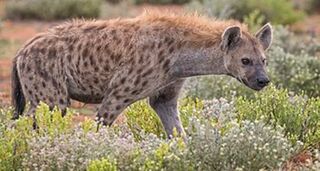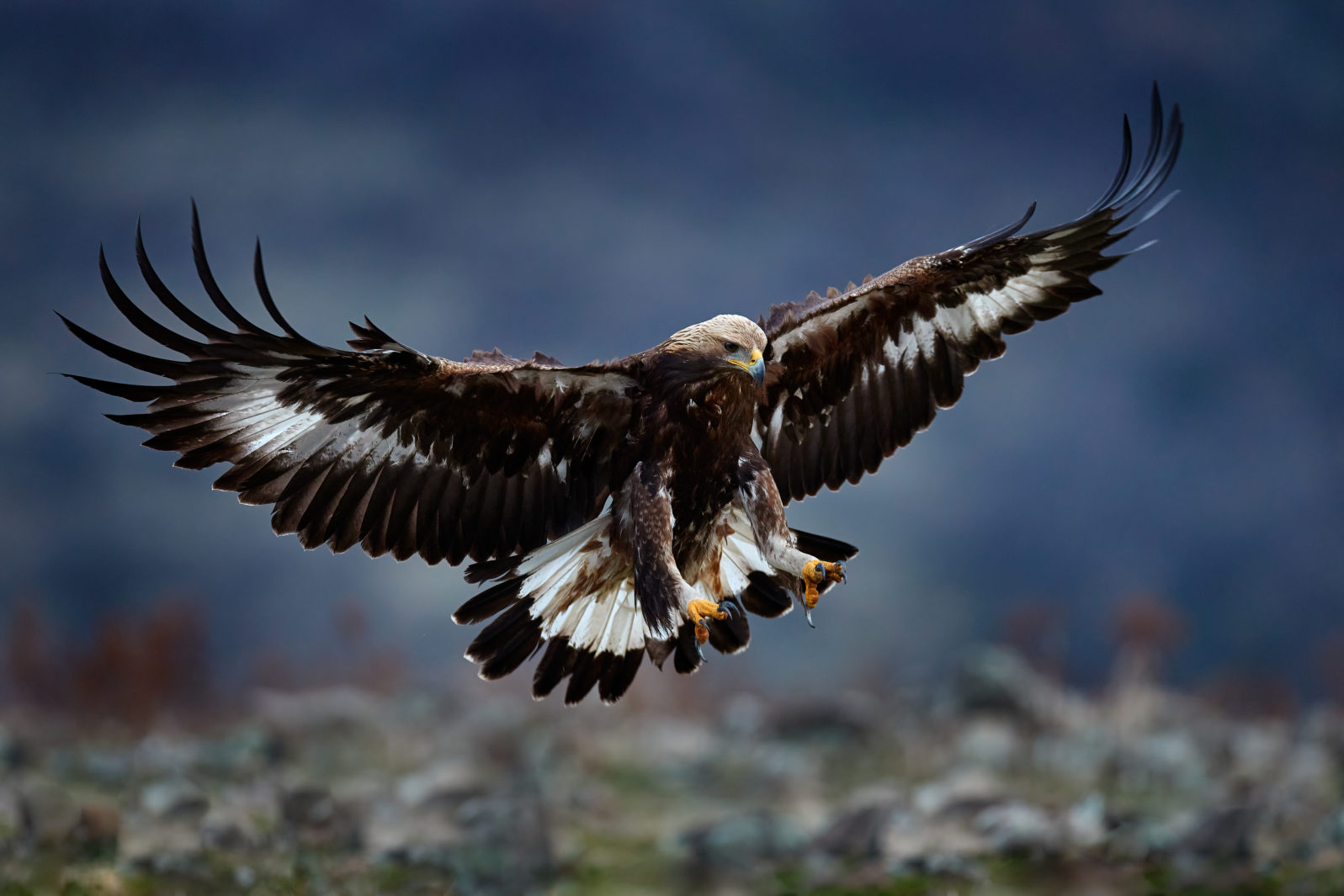Neanderthal Man Had a Thing for Big Eagles — and Hyenas
But we haven’t found evidence that Neanderthals were much interested in dogsAlthough technically a dog expert, Mark Derr has given some thought since the 1990s to Neanderthal man who seems to get smarter each time we study him:
For instance, Neanderthal appears to have mastered and used fire for a variety of purposes including cooking after their appearance in Eurasia some 300,000 or more years ago. They also made carvings into ivory, and they almost certainly communicated using speech. To show how slowly attitudes change, I have recently seen people speculate that Neanderthal may have only seasonally had fire, but in general were incapable of igniting tinder on their own. This view recently received what would appear to be a mortal blow when Ceren Kabukcu and colleagues revealed that Neanderthal not only had fire throughout the year, but also used fire to cook a wide variety of foods which they consumed.
Mark Derr, “New Views of Neanderthal Are Reshaping Prehistory” at Psychology Today (December 11, 2022)
He raises the fact that Neanderthals had an interesting relationship with raptors and hyenas.
Elsewhere, we have learned that Neanderthal captured golden eagles and other raptors, presumably to take their talons and feathers for use in various rituals and decorative objects. According to Stewart Finlayson et al., the Neanderthals “selectively took the largest raptors at their disposal within Eurasia,” which turned out to be the golden eagle, with regional and local exceptions. Whether they hunted with golden eagles is not known, but given the time and effort they spent collecting them, it is not unimaginable that they did not at least make an attempt to tame them.
Mark Derr, “New Views of Neanderthal Are Reshaping Prehistory” at Psychology Today (December 11, 2022)
Here’s a modern instance of hunting deer with golden eagles:
While we don’t know if Neanderthals tried falconry, as it is called, it’s well established that they used the eagles’ feathers and talons “perhaps as religious totems, perhaps as icons of personal strength.” (Audubon News, June 21, 2019). Researchers think that Neanderthal use of raptor emblems in this way is an instance of symbolic expression, implying an intellectual life. (PLOS, March 5, 2012) Neanderthals also incorporated corvids (crows, for example) into their symbolic life. The crow, like the eagle, is rich in symbolism in many human cultures.

But now, what about the hyenas? There’s a story in that: Neanderthals are not thought, based on current evidence, to have had much interest in dogs, Mietje Germonpré, a vertebrate paleontologist at the Royal Belgian Institute of Natural Sciences told Derr: “archeological evidence suggests that modern humans had a special interest in canids, while such an interest seems absent in Neanderthals.”
But they had a special regard for the hyena, the most dog-like of felines. Neanderthal and hyena remains have been discovered together in caves:
Hyenas and Neanderthals appear to have had an especially extensive relationship, the boundaries of which are unknown. One might ask whether hyenas were Neanderthals’ “dogs.” Upper Paleolithic sites reveal, in contrast with Middle Paleolithic sites, large quantities of personal objects made from canid teeth, especially from foxes, wolves, and bears.
Mark Derr, “New Views of Neanderthal Are Reshaping Prehistory” at Psychology Today (December 11, 2022)
Well, there is only one way to find out: Keep digging.
You may also wish to read: Our ancestors were cooking much earlier than thought The more we learn about early humans, the more sophisticated we find their culture to be. The basics of human culture seem to undergo less development than we think. The culture may appear at about the same time as the humans.
